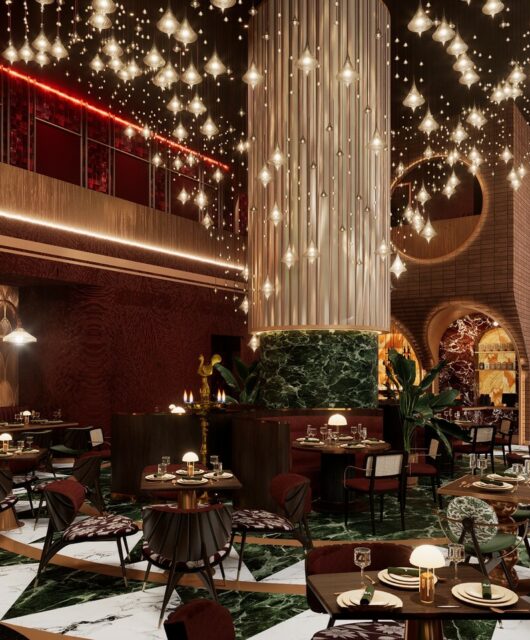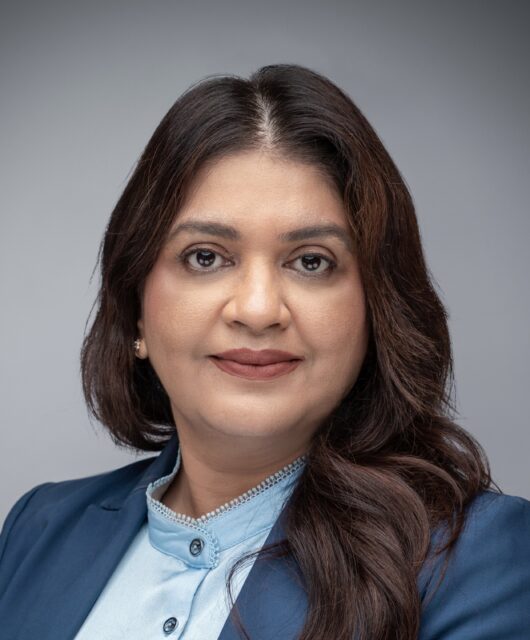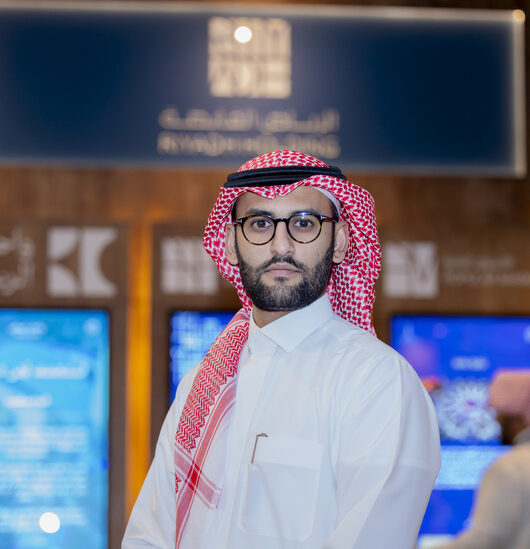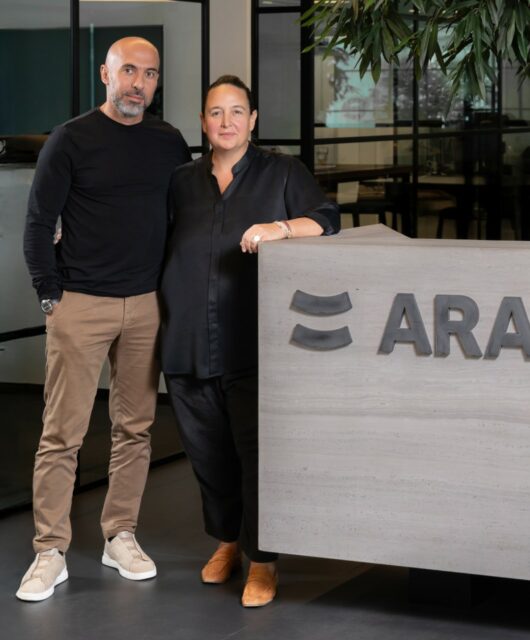
Sustainability in architecture, and the positive and negative environmental impacts that result from the creation new infrastructure, is a vast and complex subject that must be considered from the earliest stages of every project. From project ideation until completion, architects must consider how a project’s sustainability strategy will support economic, social, and environmental conditions. Design solutions must answer all three parts of this sustainability equation equally.
One should not prioritise the other but operate in tandem as guiding principles for each and every project on the drawing board. At ZAS, we believe sustainable design equals both a green economy and a preservation of resources. We consider the sustainable value equation for all our designs regardless if a green rating is being sought or not. The question we ask is: can this design be optimised to deliver the right balance between the clients’ environmental, sustainable and cultural priorities? Our mandate is to create world-class architecture which fosters the economy, enhances society, and reduces effects on the environment whenever possible.
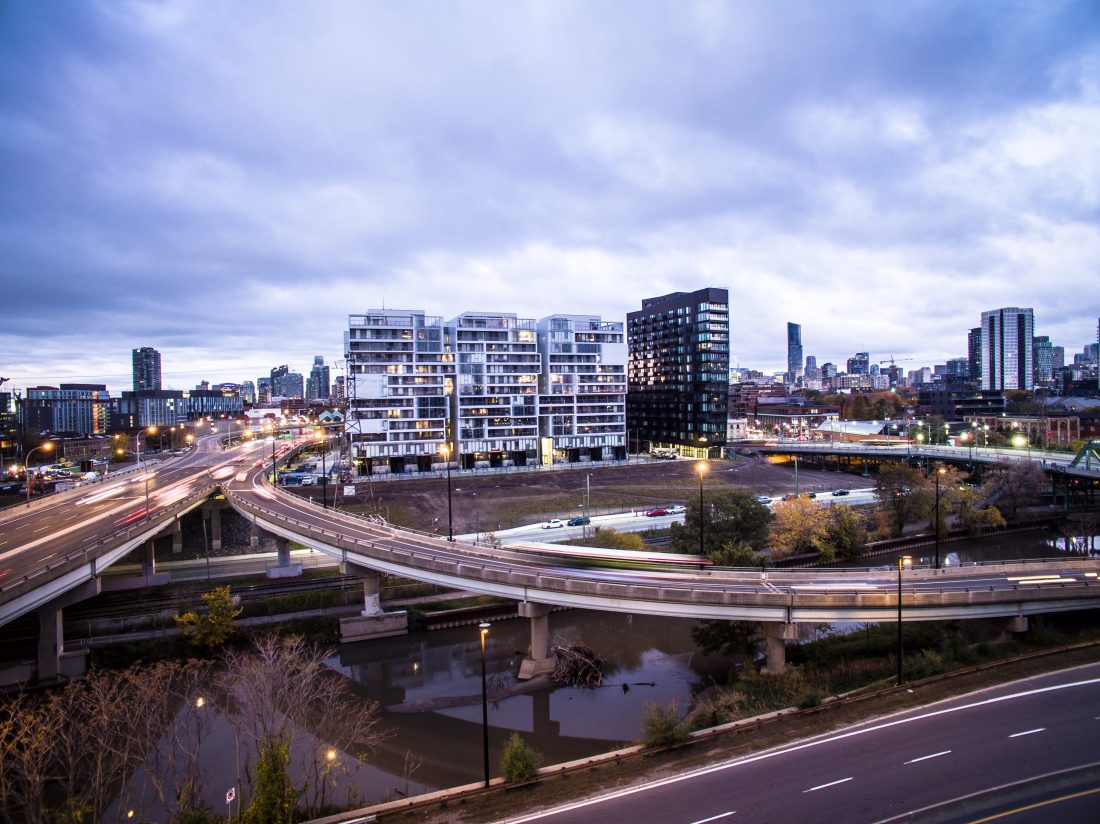
The UAE is fast becoming central to the global conversation on sustainability, with the announcement of the Estidama program and Pearl Rating System in Abu Dhabi, and The Sustainable City, Masdar City, Expo2020 – aiming to become the largest sustainable expo event in the world. Many sustainability experts suggest the concept of Biophilia, also known as naturedriven design or the human-nature connection, is essential to society’s well-being. The positive impacts of biophilic buildings and environments are considered to enhance the quality of life, reduce stress, increase creativity and even promote healing for the users that access to them.
Our Dubai office recently unveiled redesigns for a technologically advanced massive 6967sqm approx outdoor rainforest in Dubai. Entwining advanced design, digital technology, and the natural world, the anticipated debut project for Rosemont, a new global hospitality brand, will be first of its kind, urban resort destination for the city of Dubai. Inside Rosemont, a rich rainforest with a sensory rain system creates a 360-degree experience, simulating the sensation of being surrounded by rainfall without actually getting wet. Volumes of stored recycled water create a high humidity level, mimicking the tropical rain forest environment. The advanced system utilises multiple sensors that control the areas where the water is falling when people are detected. Water will be collected and stored from condensation and is constantly recycled.
Integrating technology, design and nature, shade and mist sprays from trees create an all-weather atmosphere. Designed in accordance with the green building requirements of the Dubai Municipality, we worked with our client to include sustainable design features where possible. Dubai is an ever-evolving city, which embraces new ideas. Sustainability is now at the forefront of this exploration

